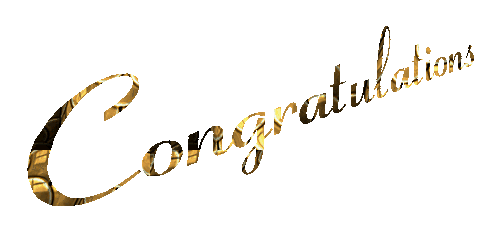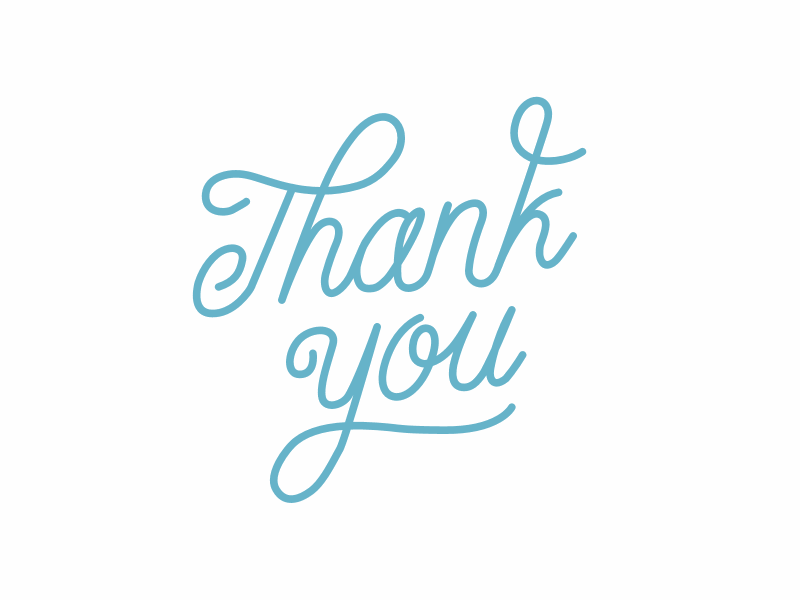Coaching Sales with the 80/20 rule: “What’s your ONE thing?”

What is the “80/20 Rule”?
The Pareto principle (also known as the 80–20 rule) states that, for many events, roughly 80% of the effects come from 20% of the causes. Business-management consultant Joseph M. Juran suggested the principle and named it after Italian economist Vilfredo Pareto, who observed in 1906 that 80% of the land in Italy was owned by 20% of the population; Pareto developed the principle by observing that 20% of the pea pods in his garden contained 80% of the peas
It is a common rule of thumb in business; e.g., "80% of your sales come from 20% of your clients". Mathematically, the 80-20 rule is roughly followed by a power law distribution (also known as a Pareto distribution) for a particular set of parameters, and many natural phenomena have been shown empirically to exhibit such a distribution
(Source: Wikipedia)
What does this mean to us?
It can mean 80% of our revenue is paid by 20% of our guests. It can mean 80% of our revenue is brought in from the top 20% of agents. It can also mean that 80% of the change we drive in our teams is due to 20% of the coaching we do. But wait, does that mean the other 80% of our coaching was a waste of time? Maybe, but not necessarily.
What I believe it means is that out of a coaching session, only a small part of it was impactful and made the difference we see afterwards. With that in mind, how can we coach more effectively?
Scenario:
Johnny gets some feedback from our quality assurance department. During our coaching session we review the feedback elements, discuss the various points, listen to the call, stopping periodically to talk about a variety of points throughout and then he is sent on his way. According to the rule, only 20% of what I did really mattered. So why not focus most, if not all, of my time on that that little bit of advice that made the difference? Easier said than done.
It’s easy to listen to a call or observe an interaction and rip it apart, identifying errors both big and small, giving many suggestions about how it could have gone better. What’s harder is deciding what is ONE THING that could be focused on, that will make the biggest difference in future sales. What’s one thing this individual can leave the coaching session with and be empowered to make that 80% change.
How to do it:
This involves some critical thinking and evaluation. The objective here is to identify one key behavior that was lacking, and if changed, would have the largest impact on their sales. Be careful, you may listen to the call and have the initial reaction that they need to work on their pitch being more influential; but is that it? Is there anything else that could be contributing to that? How about probing questions, are they even asking enough (or the right ones) to get what they need to make a good pitch? Are they knowledge enough about what they are offering to tie the caller’s needs to a product specific benefit or advantage?
If they’re not knowledgeable about their product, then don’t know what are questions to ask to get the answer they need to make an influential proposition. Basically we need to see what was the first domino to fall that created these cascading problems.
What are the Benefits?
The benefits of this are many. We allocate our time to coaching to the difference makers. Yes they may have biffed a couple small things, but if that’s not something they do consistently, let it go. Could they have better explained a certain feature, maybe, but was that the root cause of why they are not making as many sales as their peers? Let’s use our time to focus on the big stuff, the core behaviors that make the numbers in their role go up and down.
Also don’t forget the sales person point of view; it’s hard to modify one behavior, much less a list of them. Some modification may even require modify others first as a prerequisite. This type of feedback is much easier for someone to digest. When they leave with one clear directive to focus on, the chance they will modify it is increase exponentially.
Final Thoughts:
Like with everything, there are expectations and flexibility to the rule. When dealing with the best agents, they may be able to handle more feedback and are able to apply those pieces well. Other times the call may be virtually perfect, so all you can do is critique the little stuff. You may hear a call that’s so abysmal that coaching to one thing just seems ridiculous, but that’s alright. I do challenge you though to think, “If this persons calls really are that bad, is loading them up with feedback really going to make the difference, or should we start with just one thing?”
As a manager, it’s easy to measure your front-line leadership’s effectiveness in utilizing this practice. Simply walk your sales floor and ask ten people about the last time they met with their supervisor and what was the ONE THING they were left to work on? If the answer is vague, or they have no answer, it’s not happening or happening well.
Happy Selling!

Your post is randomly selected, upvoted and resteem by @resteemsteemit bot. Follow @resteemsteemit bot to increase your chance of getting upvote and resteem on your future post.
